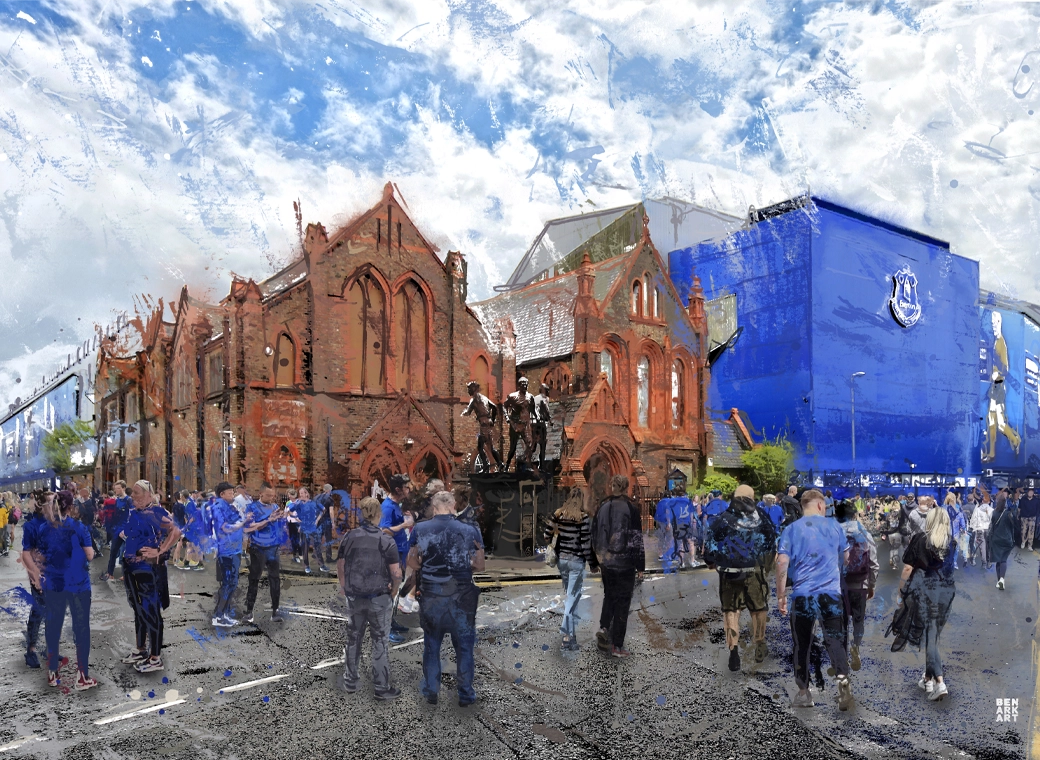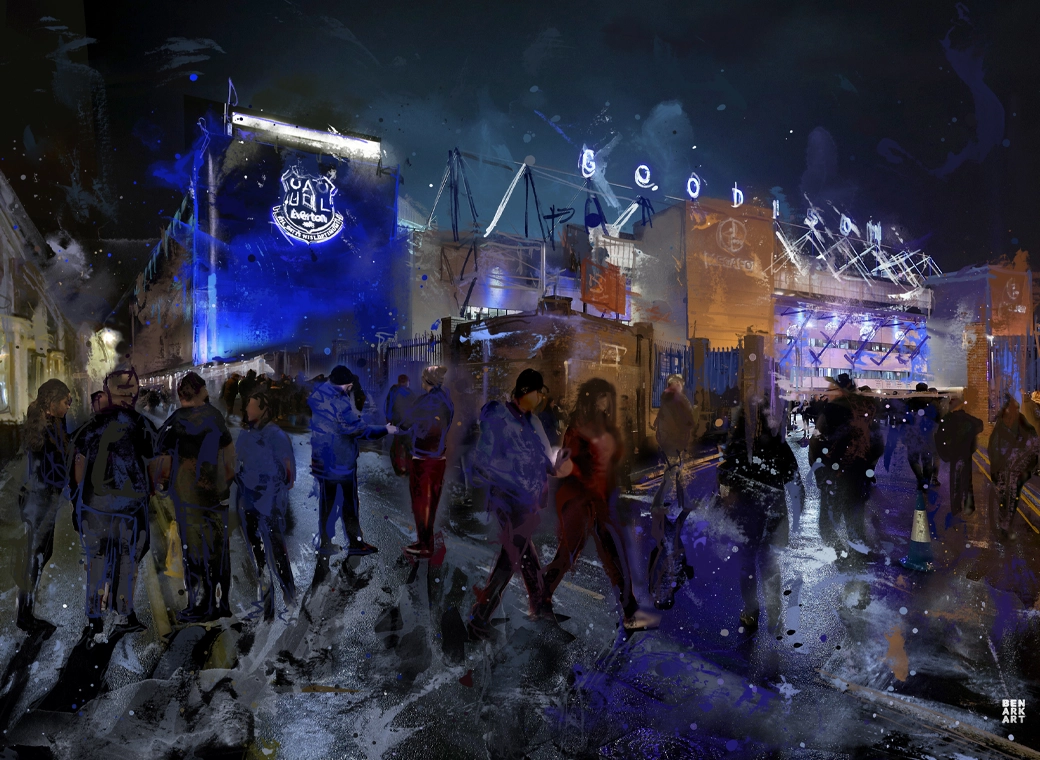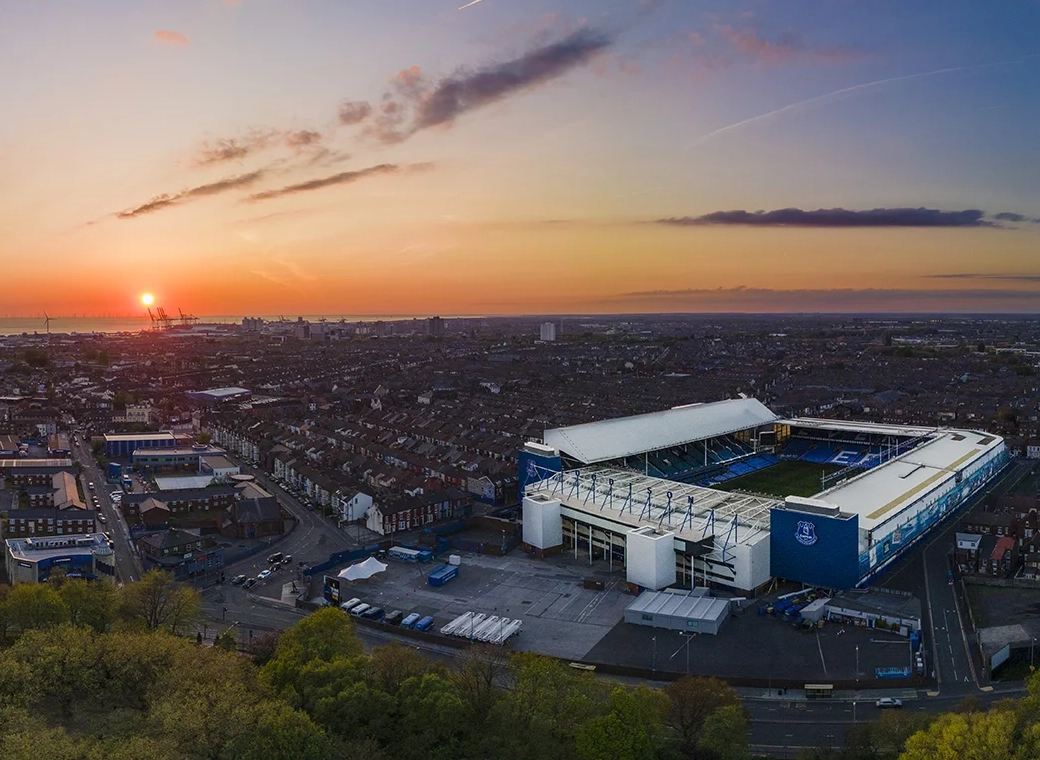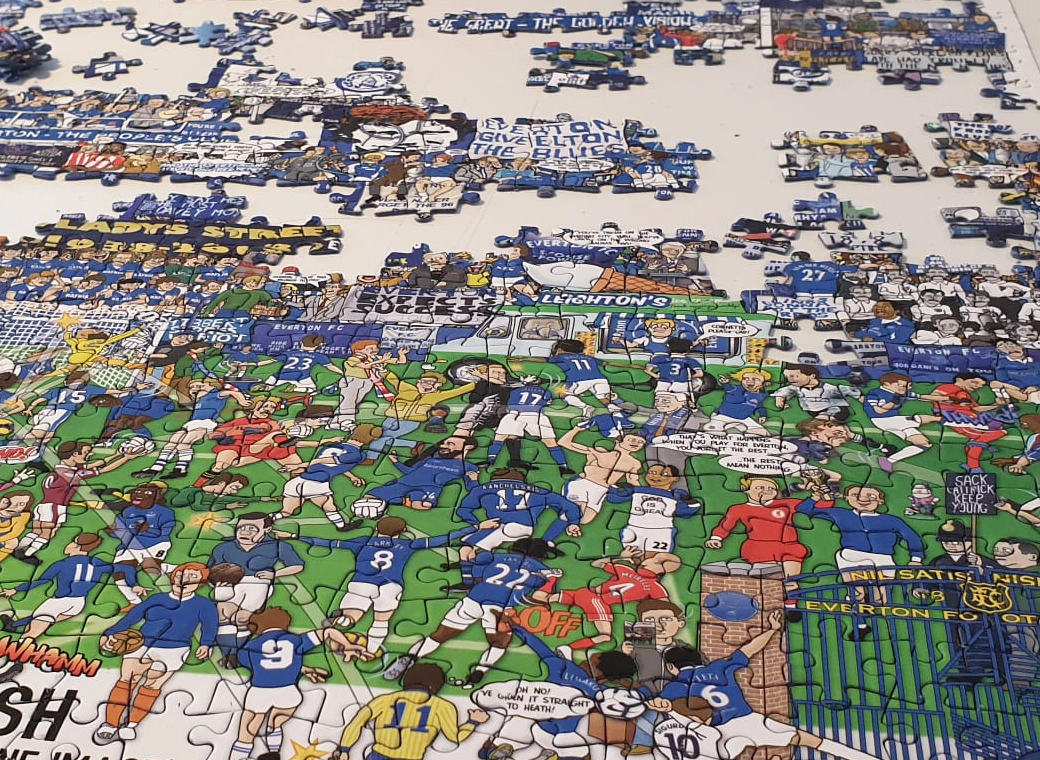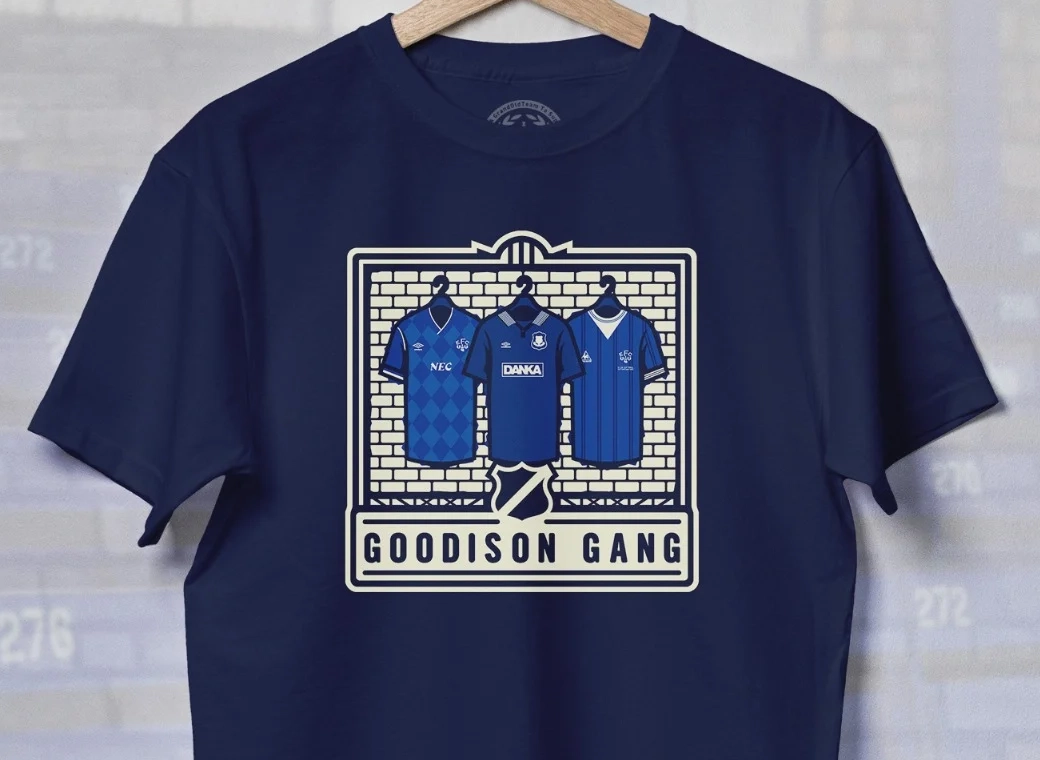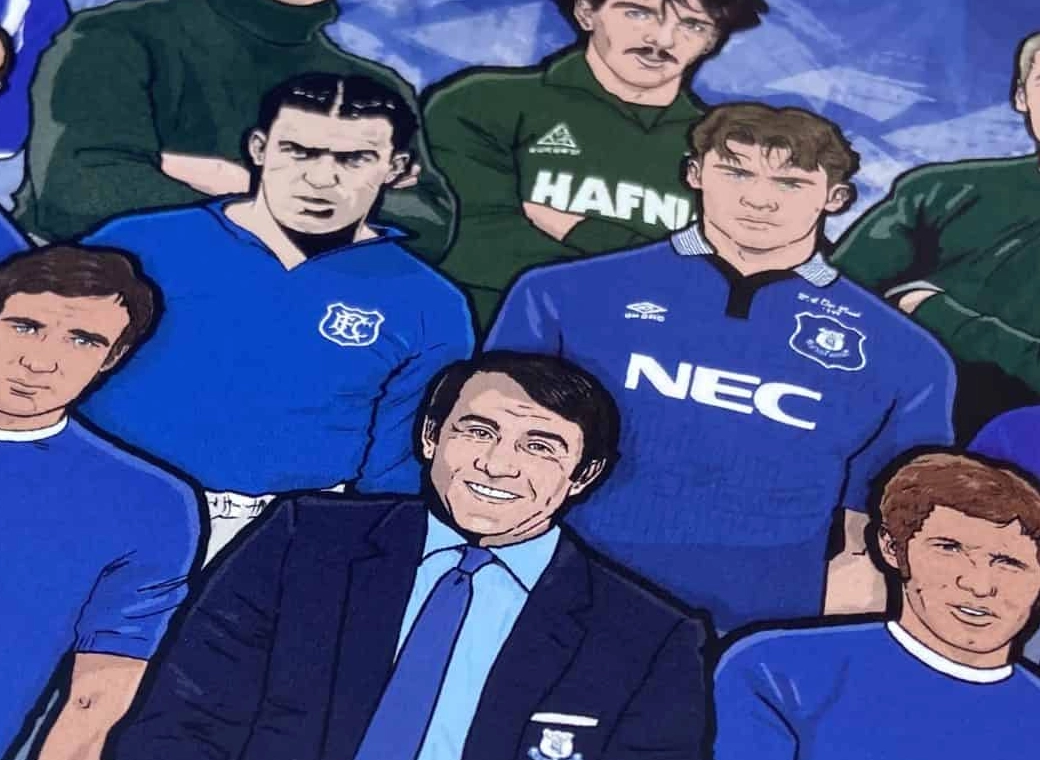Rashford, Saka and Neto seem wildly inflated.
I'm not going to spend the time searching, but I do wonder who is the worst player that site would suggest you could trade straight up for Grealish.
I wonder if they're getting their numbers from Woodward's staff.
Weekly Post CIES Football Observatory
football-observatory.com
Im sure you dont care, but there is a method in their madness.
Im not saying the figures are accurate by the way.
1. Introduction
In 2019, for the first time ever, football clubs spent more than €10 billion on transfer fees. This figure has more than tripled over the past decade in parallel with the increase of club revenues. Contrary to what is often put forward by persons outside the football world, the amounts for transfer indemnities are not irrational. They are fixed by market actors based on criteria which are for the most part objective, and thus translatable into a statistical model.
Since 2010, the CIES Football Observatory has been at the forefront of pioneering work in developing a scientific method to estimate the transfer values of footballers based on sums previously paid for players with similar characteristics. This report goes through the variables included in the statistical model developed, reveals the predictive power of the latter and presents several applications of the approach put into place.
2. The variables
The variables included in the statistical model of the CIES Football Observatory for estimating the transfer values for professional football players can be divided into three groups. The variables relative to clubs, those relative to players, as well as a contextual variable: the season during which the transfer took place. This latter variable allow us to take into account the evolution in values, all things being equal, in a strongly inflationary environment.
The variables relative to clubs refer to the level of teams where footballers were playing before their transfer on both a sporting and financial level. From the sporting point of view, the teams’ level is calculated on the basis of results obtained and the league of belonging. The level of the league they belong to is itself calculated on the basis of results achieved by clubs having represented the country in question in international competitions
From the economic point of view, the clubs’ level is calculated on the basis of recent investments undertaken in transfer fees. The equation also takes into account spending on the acquisition of players at the level of their league. This is notably helpful to anticipate the new economic force of freshly relegated or promoted clubs.
The variables relative to players are more numerous. They include the length of contract remaining with the owner club (the transfer indemnity being de facto a compensation for breach of contract), the age, the international status, career progression, as well as the performances in the different competitions played both for clubs and national teams (minutes, goals, assists, dribbles, passes, etc.).
Each of the variables contributes in a significant manner (<5% margin of error) in determining the values of football players. The strong correlation measured between the sums estimated and those actually paid (see next chapter) indicates that the variables used reflect particularly well the way in which the market actors negotiate fees. In specific cases, particular circumstances can nevertheless have a singular importance.
Figure 1: variables included in the model
Among the aspects that are not taken into account in the model but could explain the discrepancies observed between sums estimated and actually paid, notably are a club’s urgent need for liquidity, a disagreement between a coach or fellow team members, the recruitment of another footballer who plays in the same position, disciplinary or physical problems, outstanding performances in youth competitions, etc.
3. The results
The statistical model to estimate the transfer values for players from teams of the five major European leagues was built from a sample of 1,790 paid transfers carried out between July 2012 and January 2020. The correlation between the sums paid and estimated is greater than 80%. This shows that the variables taken into account explain more than four-fifths of the gaps in the level of fees paid for transfers included in the model.
Figure 2a: correlation between sums estimated and paid
Model without buyer club’s financial force
The addition of the variable for the financial strength of the recruiting club reinforces the model and allows it to attain a correlation of 85%. This indicates that transfer prices also partially vary according to the economic force of the buyer club. The more financially powerful the club, the more it has to pay when recruiting a new player.
Figure 2b: correlation between sums estimated and paid
Model with buyer club’s financial force
The model developed by the research team of the CIES Football Observatory not only has a strong explanatory power, it is also robust. The cross-validation tests carried out by splitting the sample randomly in two, 80% to train the model and 20% of remaining transfers to which apply the coefficients obtained for each variable, shows the correlations remain high and the estimated values are close.
Figure 3: example of cross-validation
Model without buyer club’s finance force
4. Conclusion
The pioneering approach developed by the CIES Football Observatory in the field of the scientific evaluation of transfer values has a wide range of uses. Market actors have already availed of it for:
(1) Transfer negotiations
In a highly speculative context where fake information is often leaked by clubs, agents and the various media involved, it is crucial to base oneself on an objective value before starting any negotiation. The projection of future values can also be beneficial, notably when it comes to the negotiation of sell-on percentages and add-on fees.
(2) Contractual negotiations
Thanks to the algorithm developed, it is possible to envisage likely scenarios on the future transfer values of players. This approach is particularly useful in defining the level of salary offered to a player without involving excessive risk, in determining the optimum length of a new contract or in fixing the amount of eventual buy-out clauses.
(3) Transfer litigation
Our algorithm is highly suited to situations of litigation over transfer amounts. For example, in fixing an indemnity fee in case of a unilateral breach of contract on a player’s part, when former clubs have a right to a percentage fee for players sold on or exchanged, as well as when footballers or other parties are entitled to a share of transfer indemnities.
(4) Credit negotiations
The objective and independent estimate of transfer values also proves useful when negotiating credits. Indeed, the transfer value of the squad constitutes a reliable indicator of the ability of a club to honour its engagements. This is not necessarily the case when credit worthiness is based on players’ book value. The transfer valuation of the squad is also useful from a financial communication perspective.
(5) Taking out insurance
With the increase in transfer costs, it is becoming more and more worthwhile to take out insurance policies covering the possibility of the loss of value of a player, notably through injury. Thanks to our algorithm, we can monitor precisely the current and future values of players under contract according to different scenarios to mitigate risks.
(6) Club sale or purchase
For most of the teams worldwide, players are the major asset. An objective and neutral estimate of the overall transfer value of squad members is a key criterion to be considered when it comes to negotiate the buying or selling of a club. Our algorithm is ideally suited for this need.
Aside from any applications by market actors, our approach and independence allows us to bring more transparency and objectivity to transfer operations. Indeed, up until the present, to the extent of our knowledge, no other organisation is capable of judging the validity of transactions on such a solid scientific basis.



